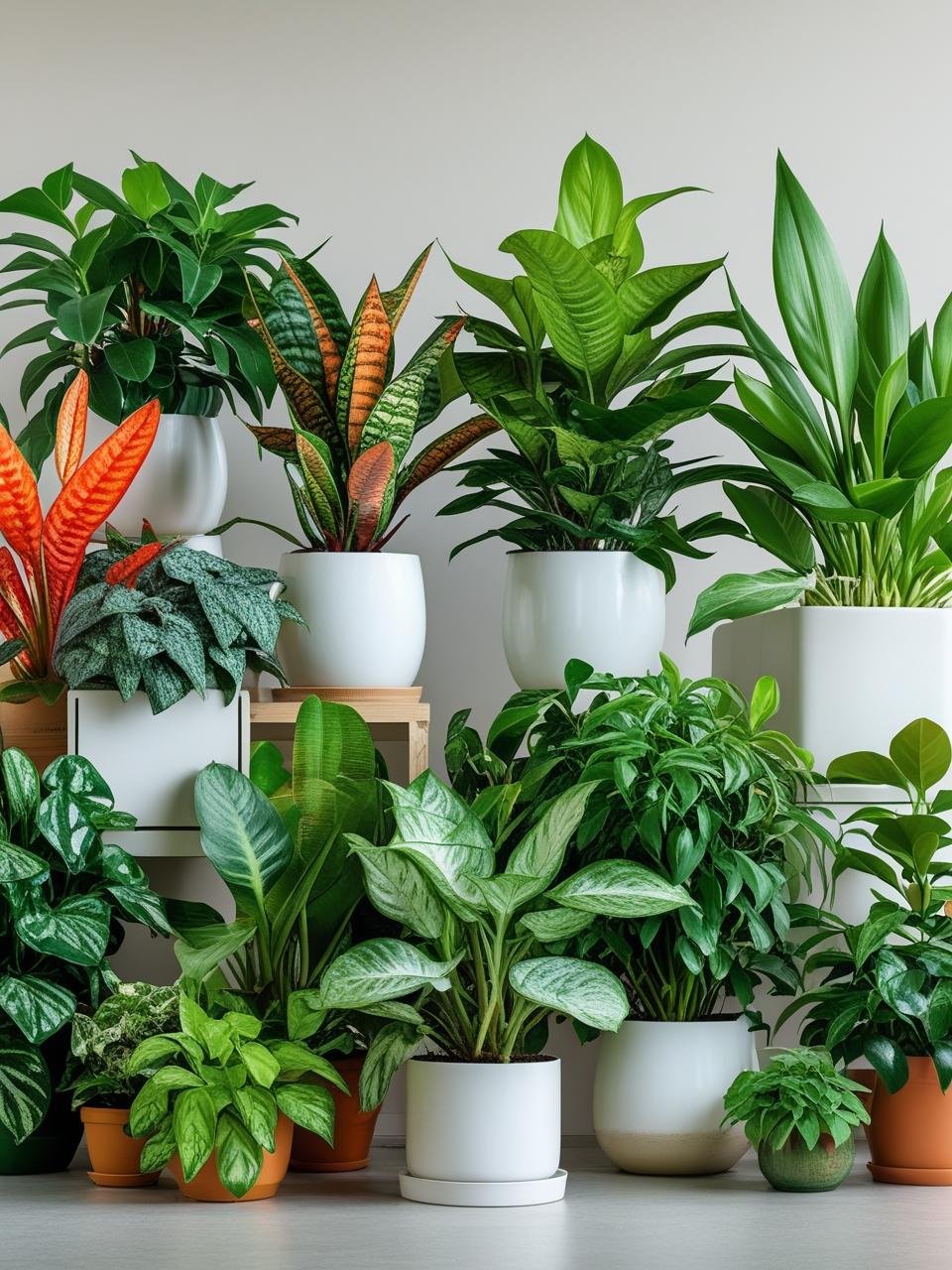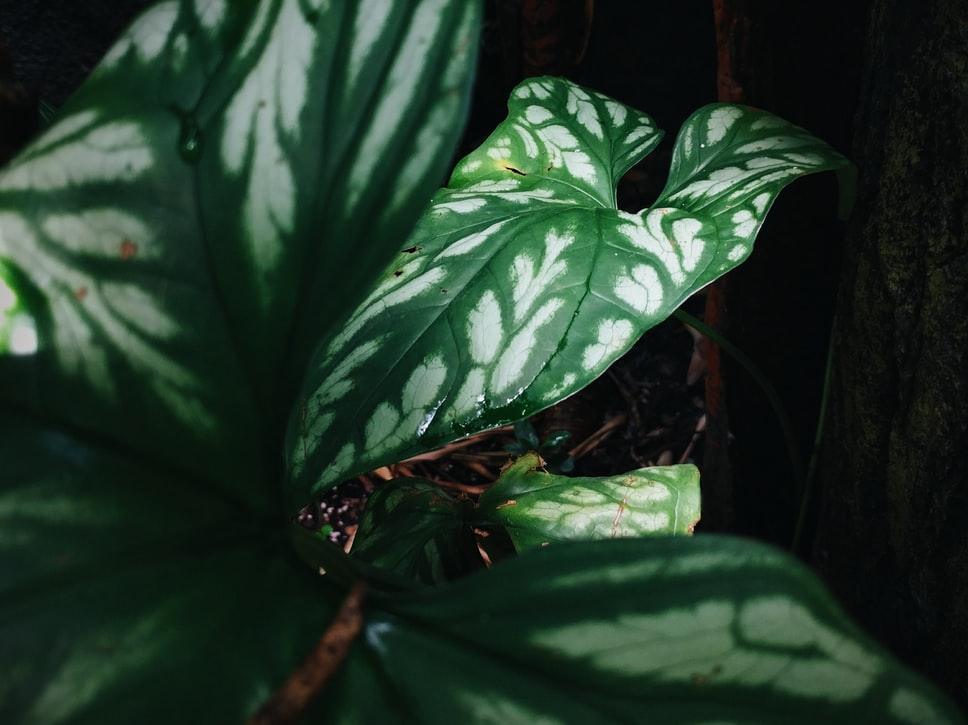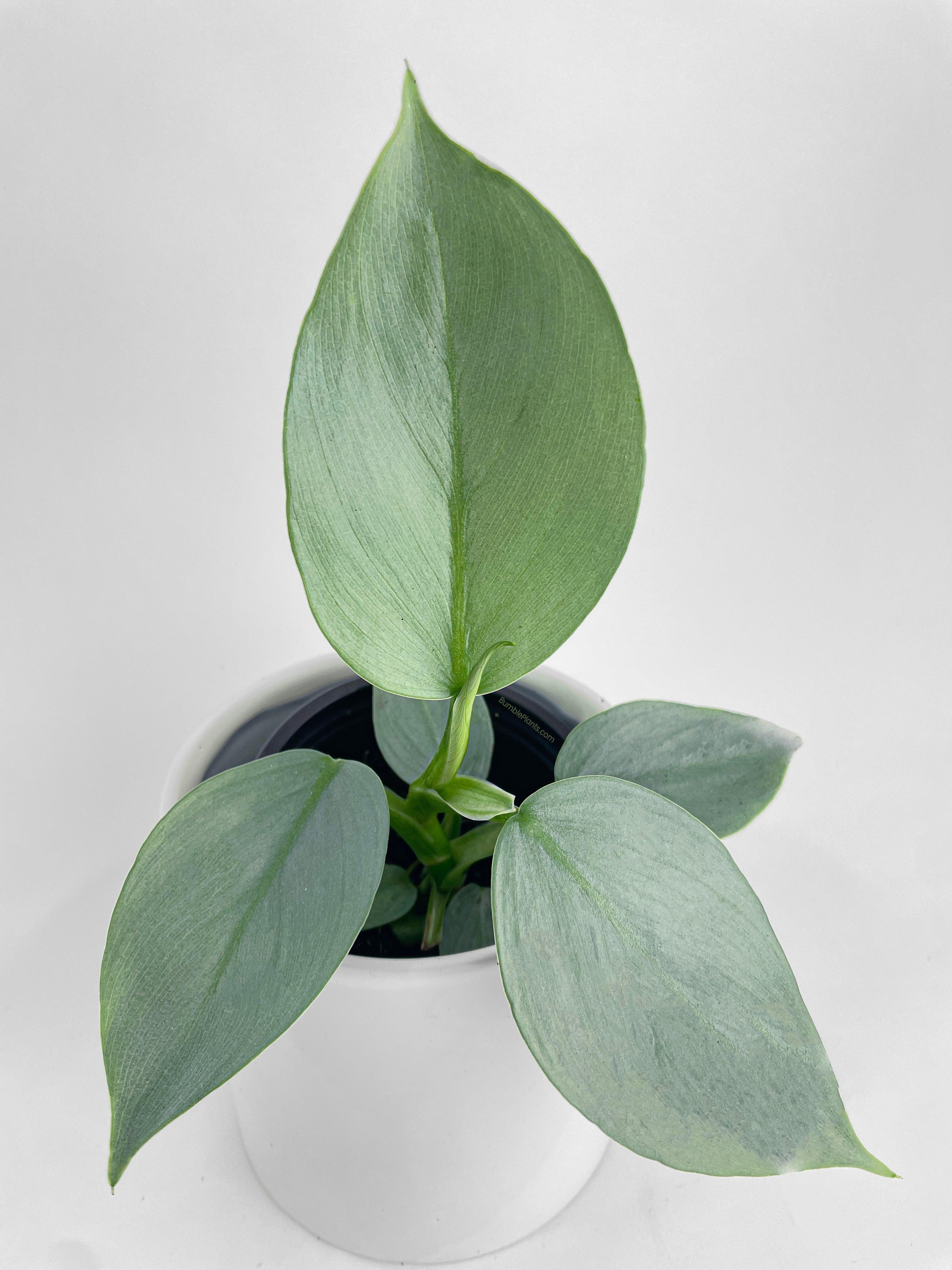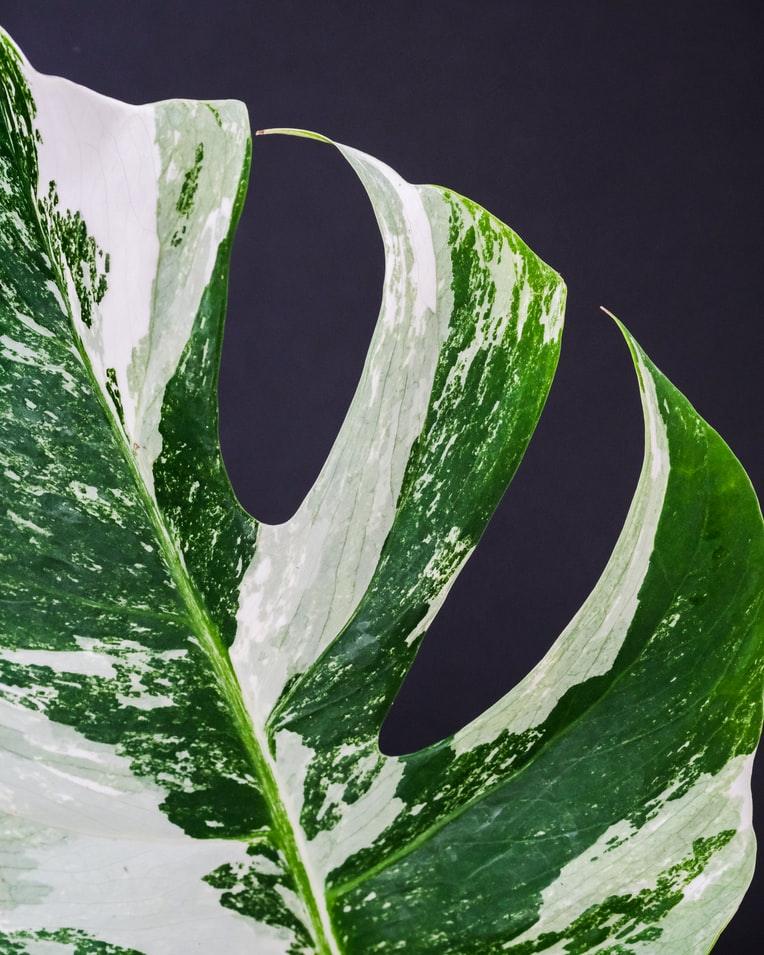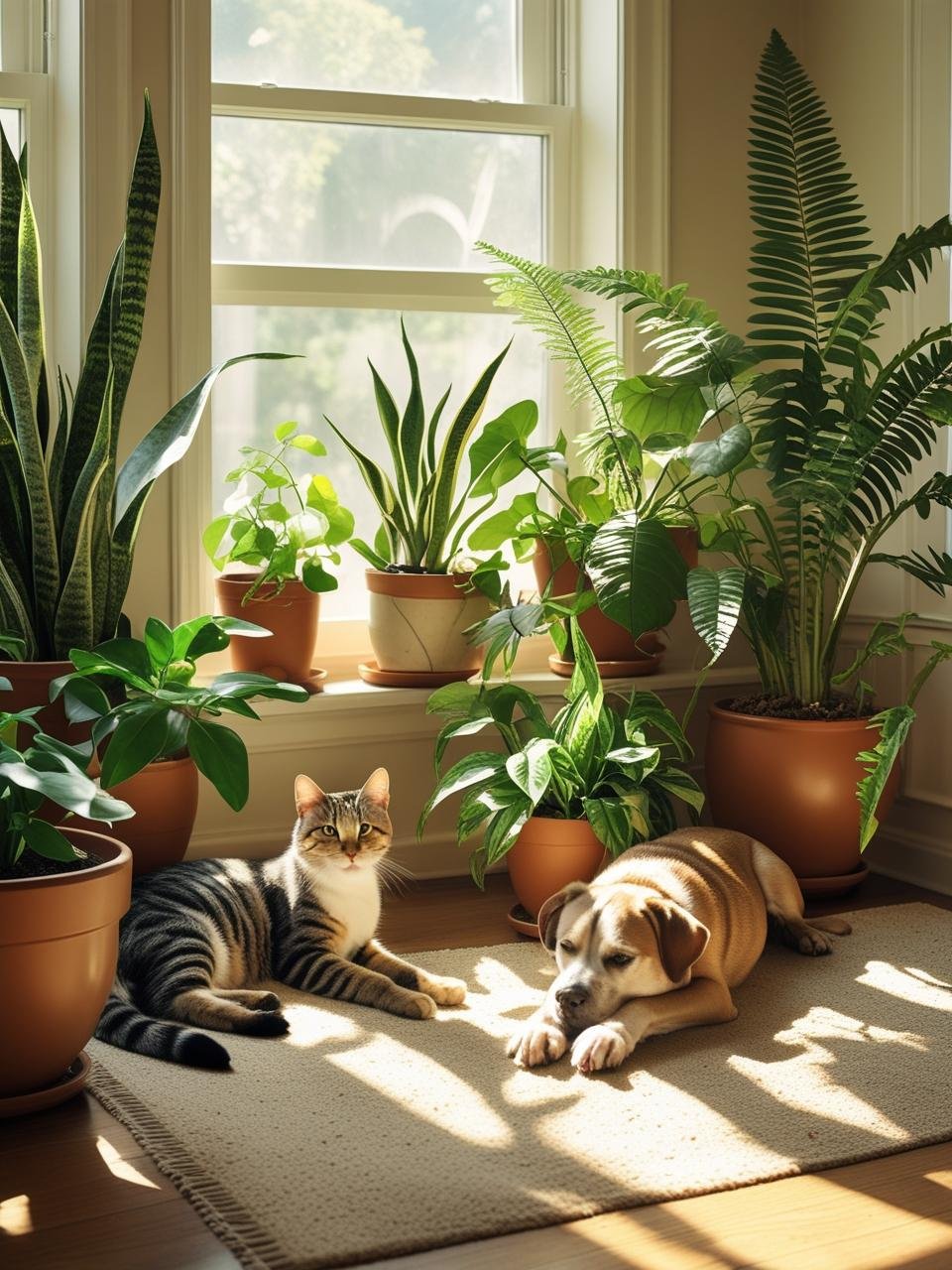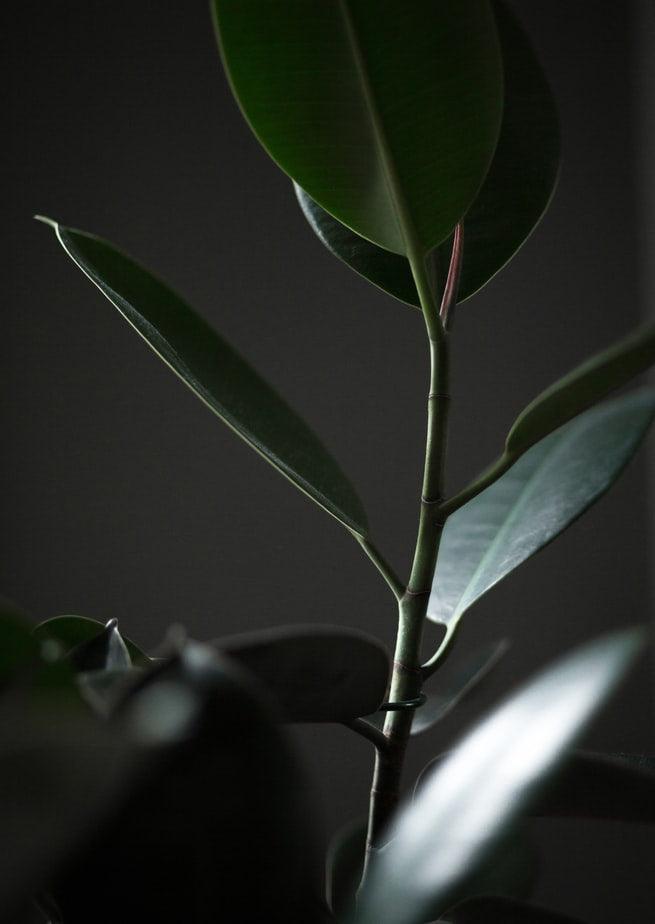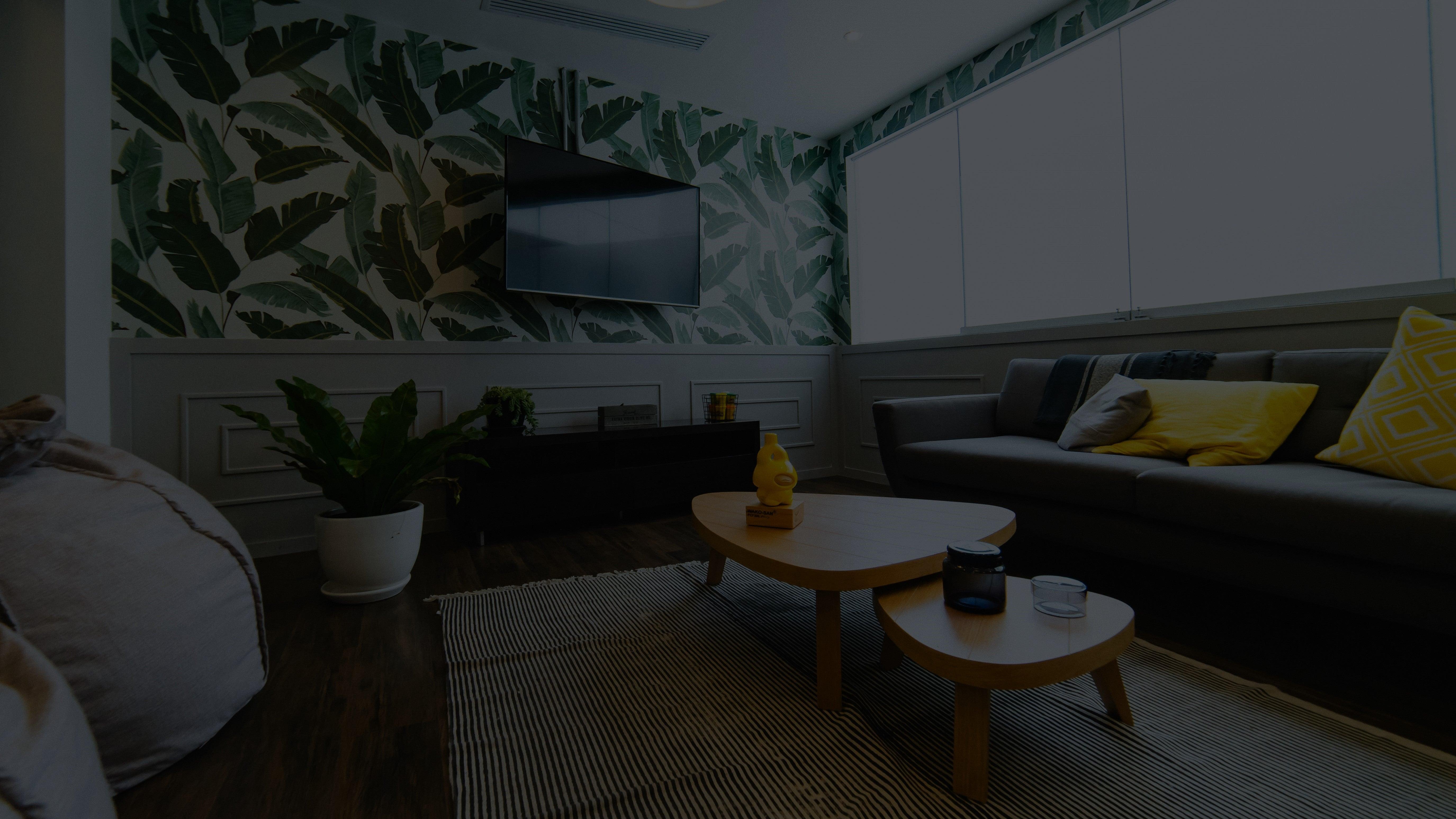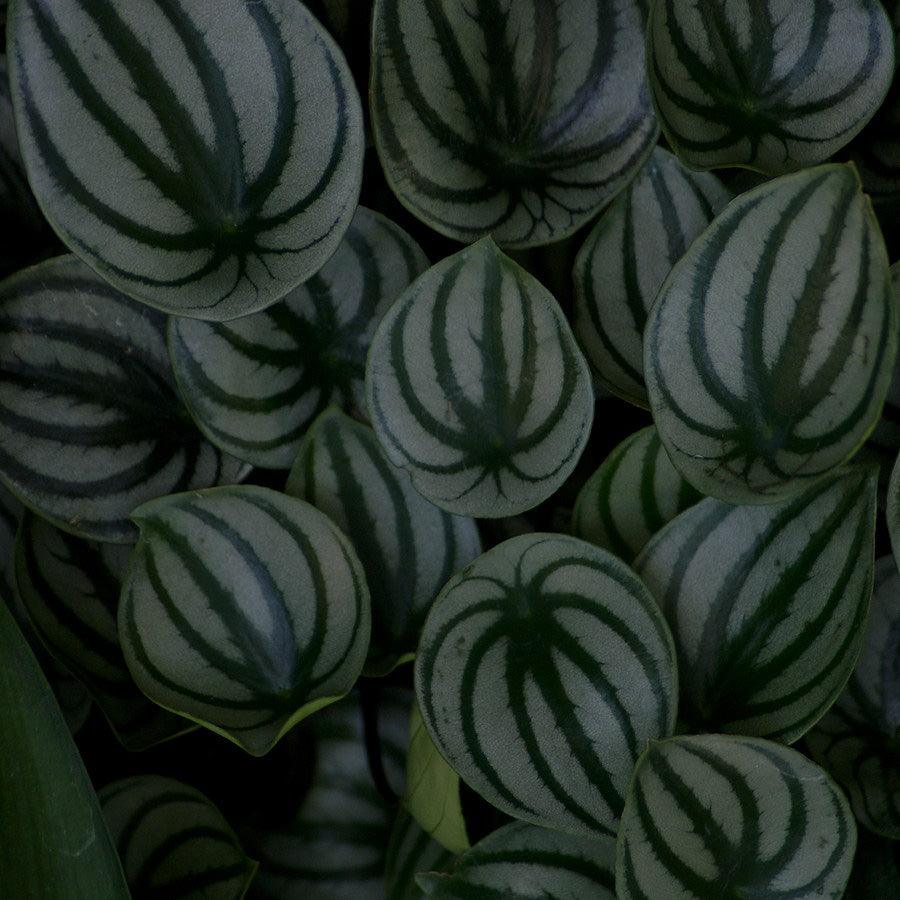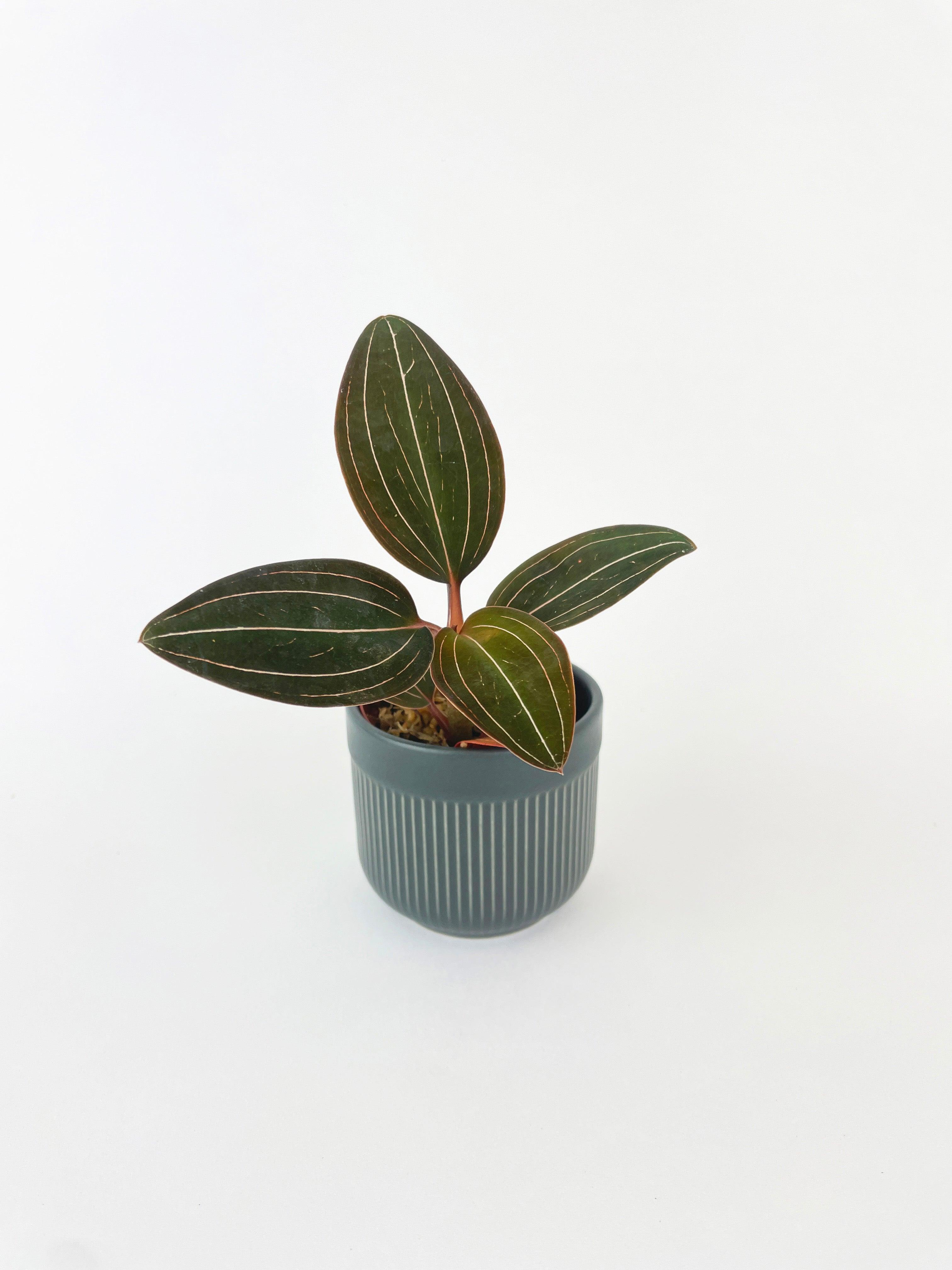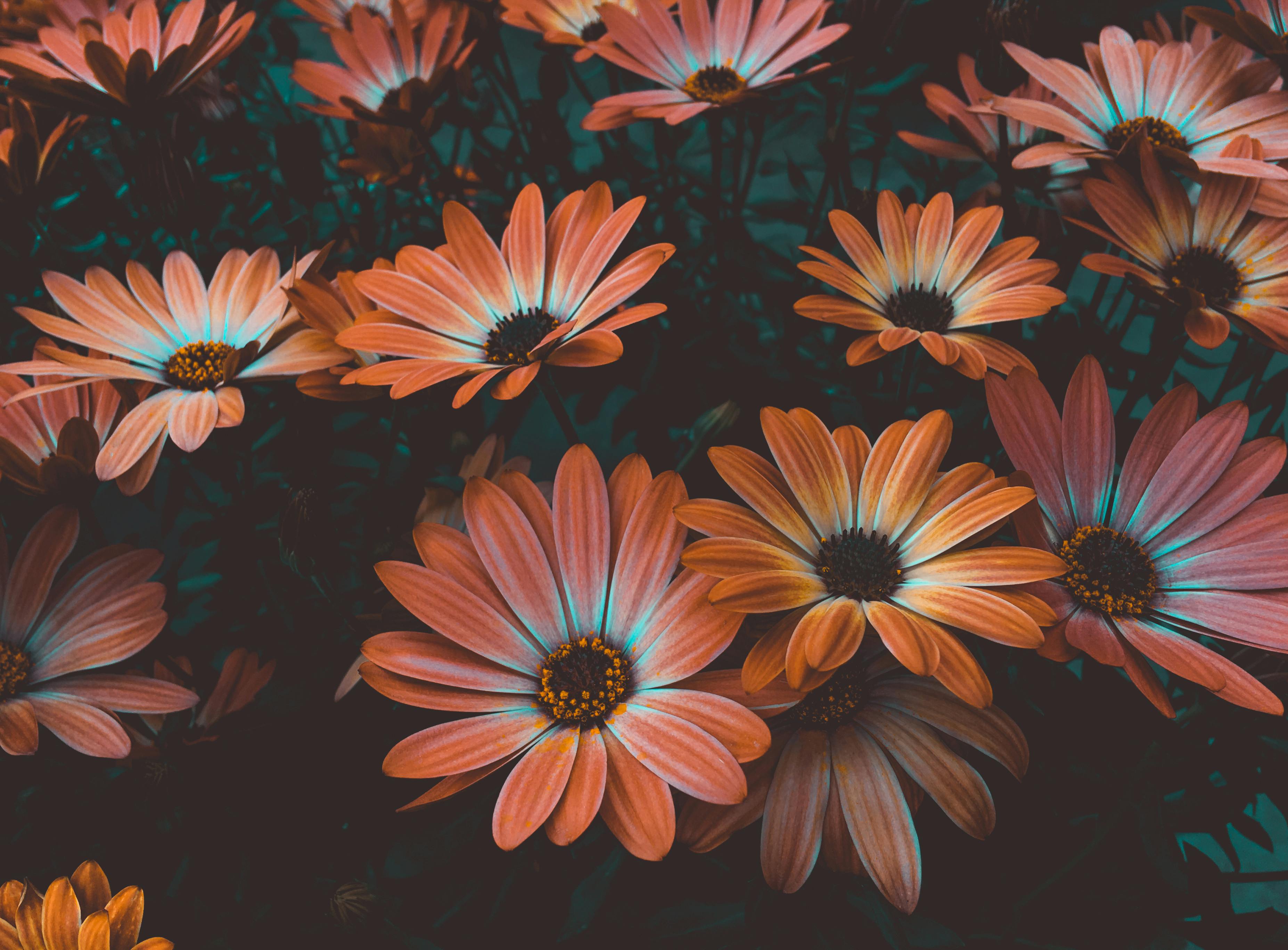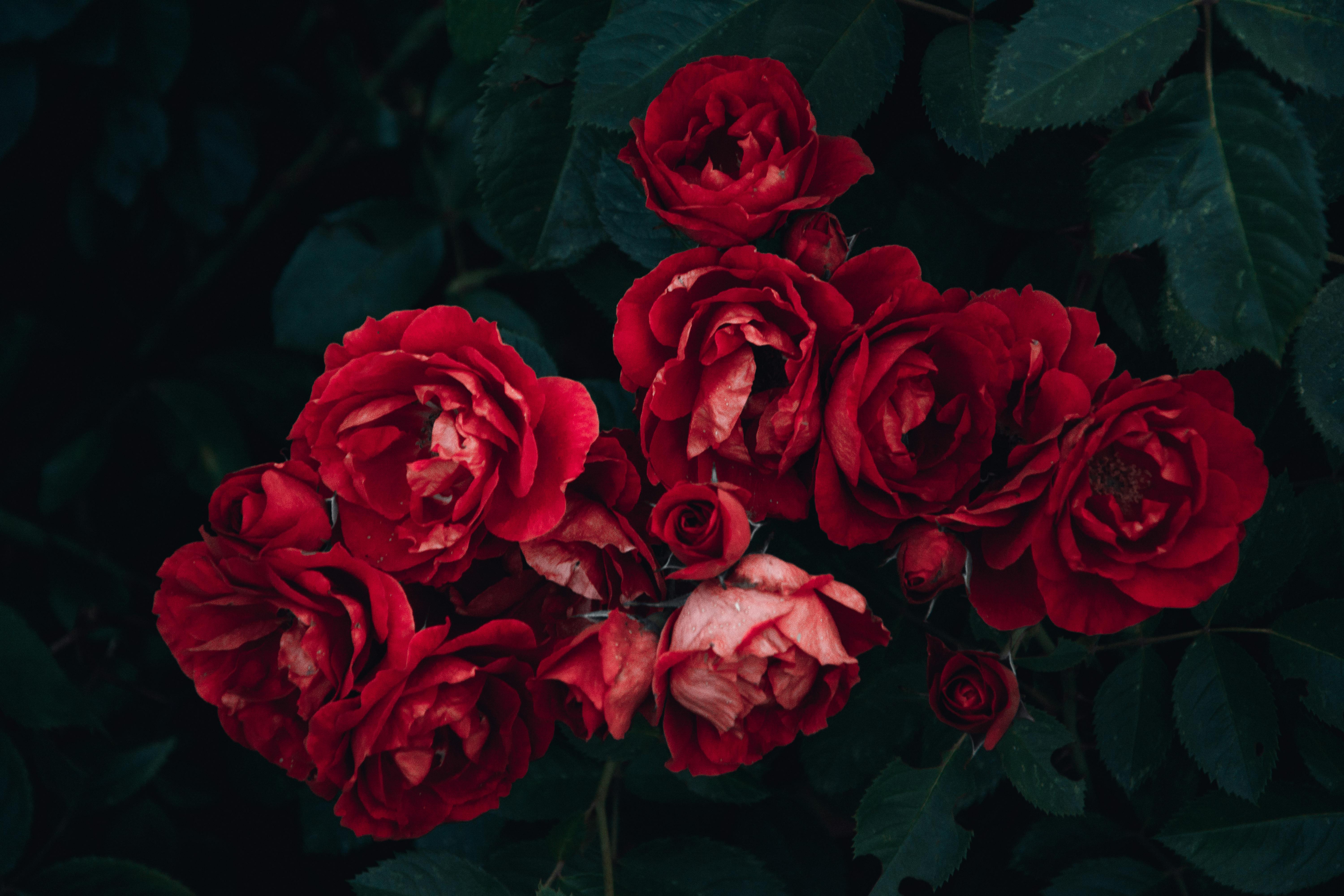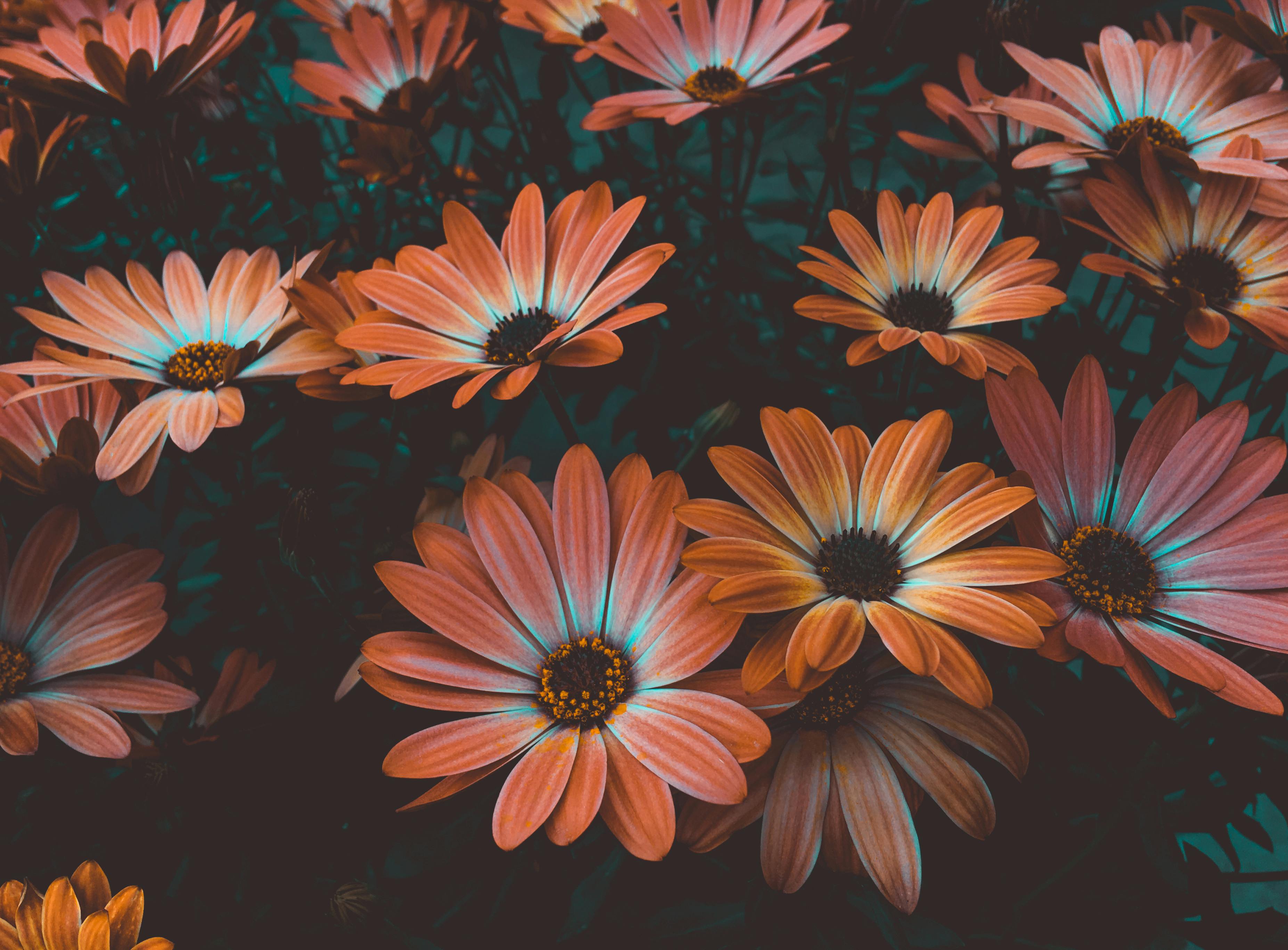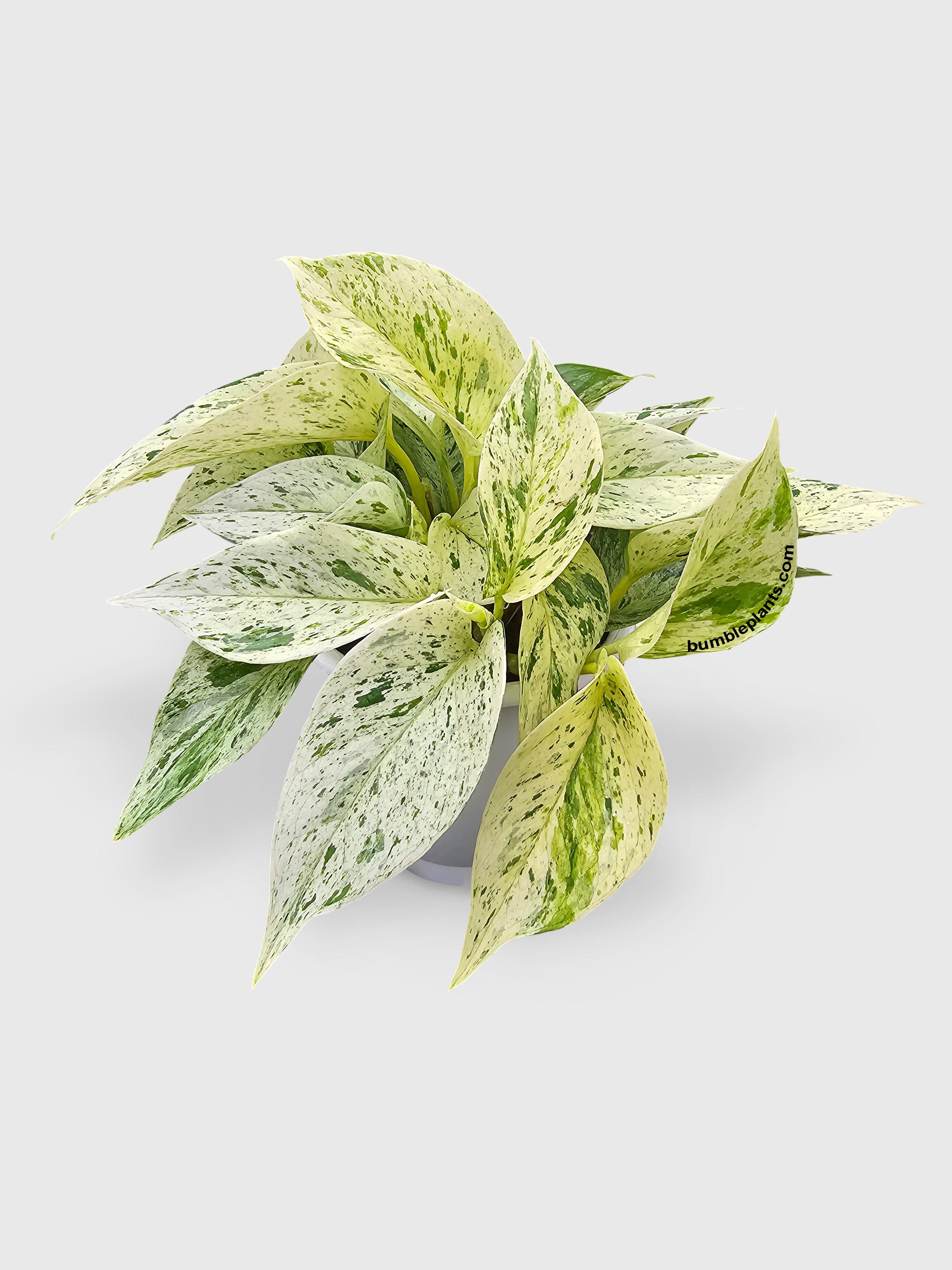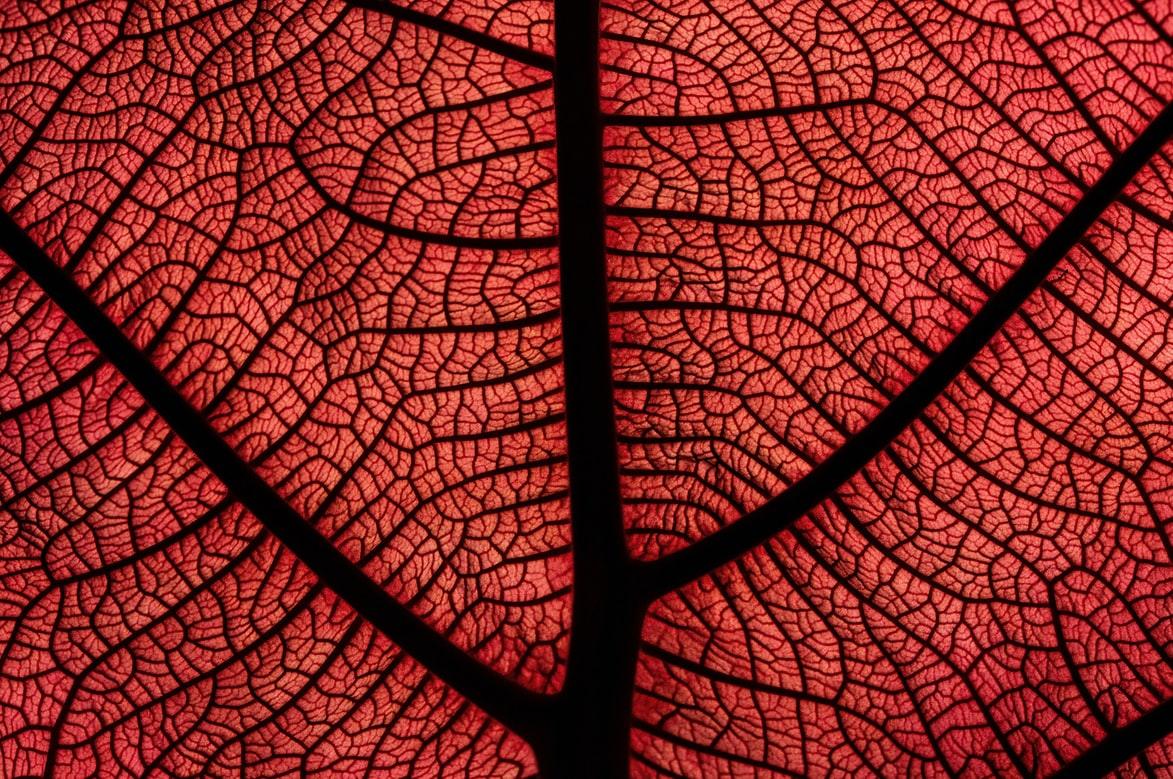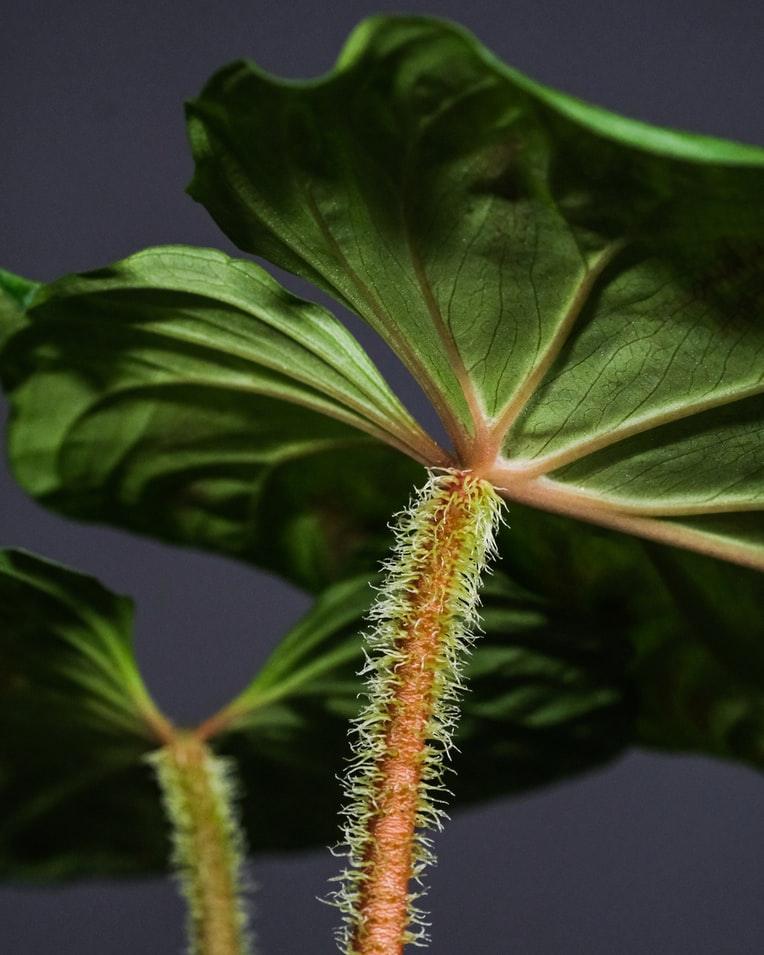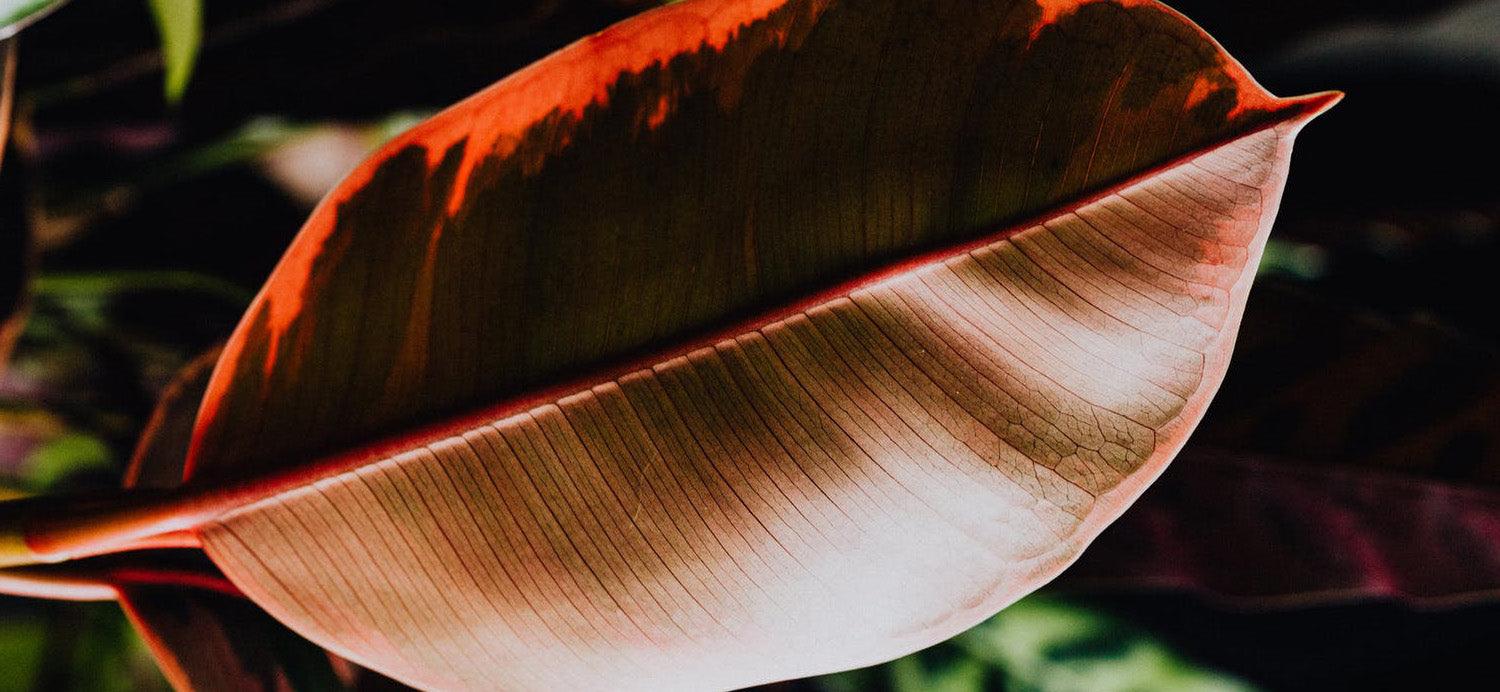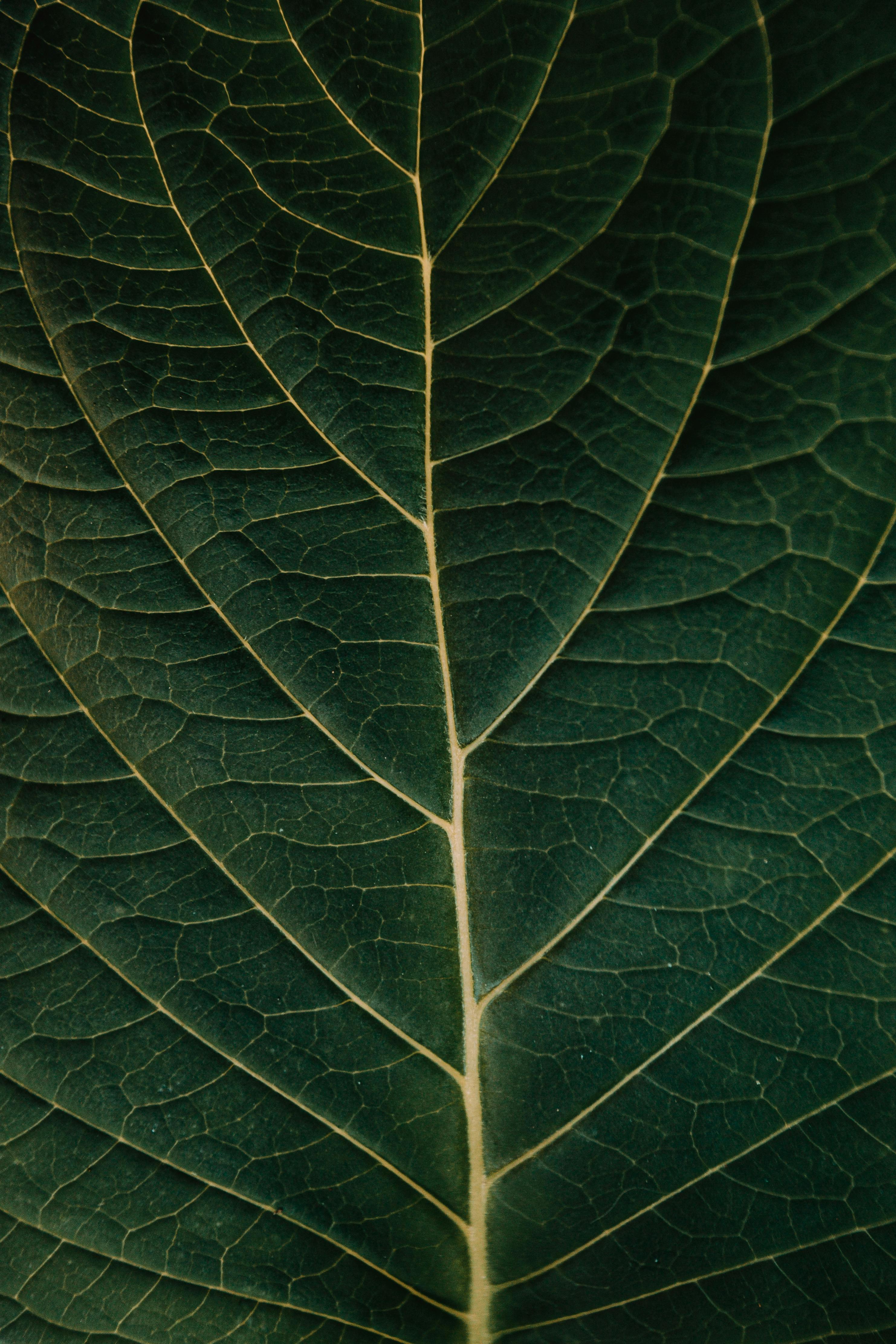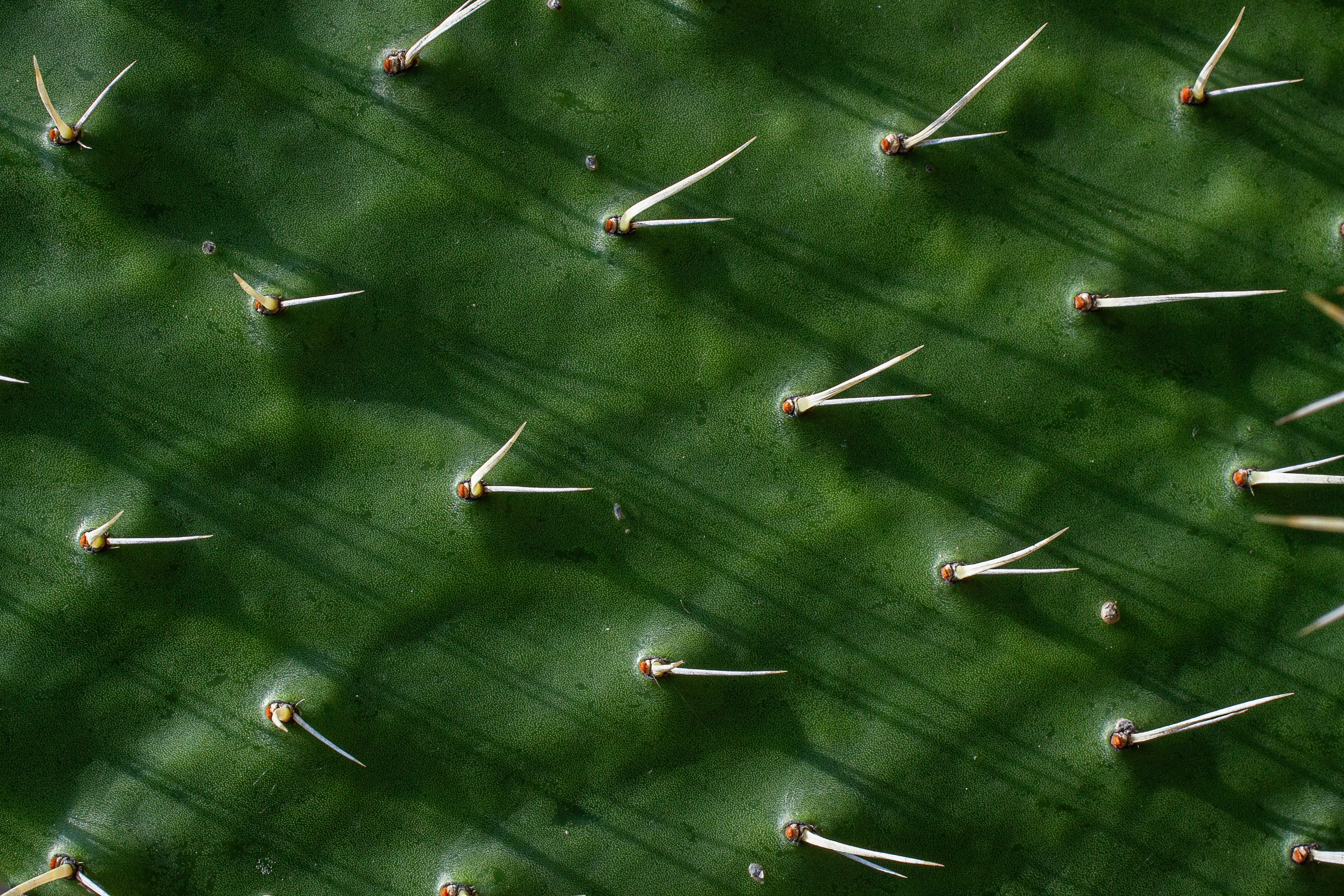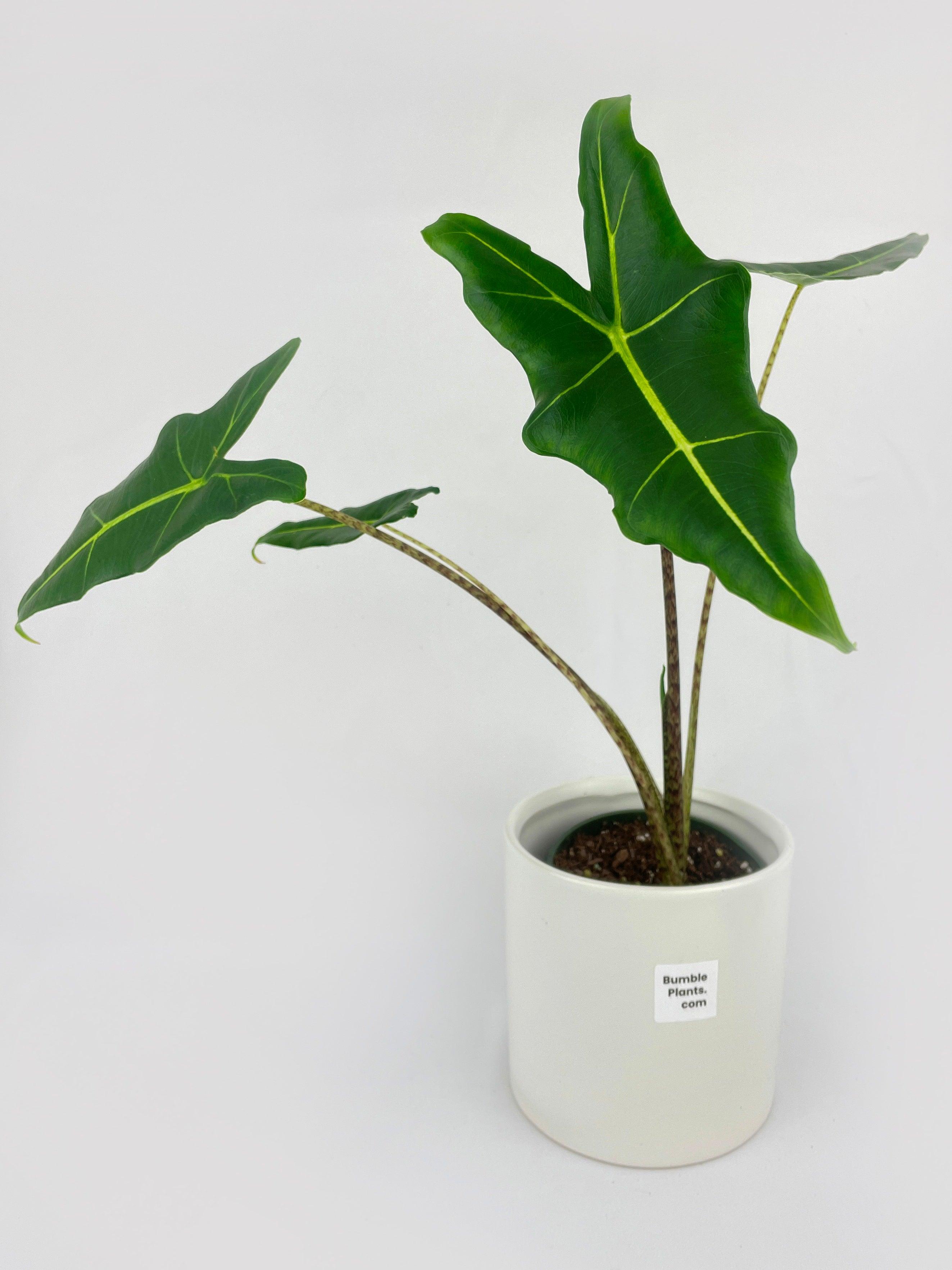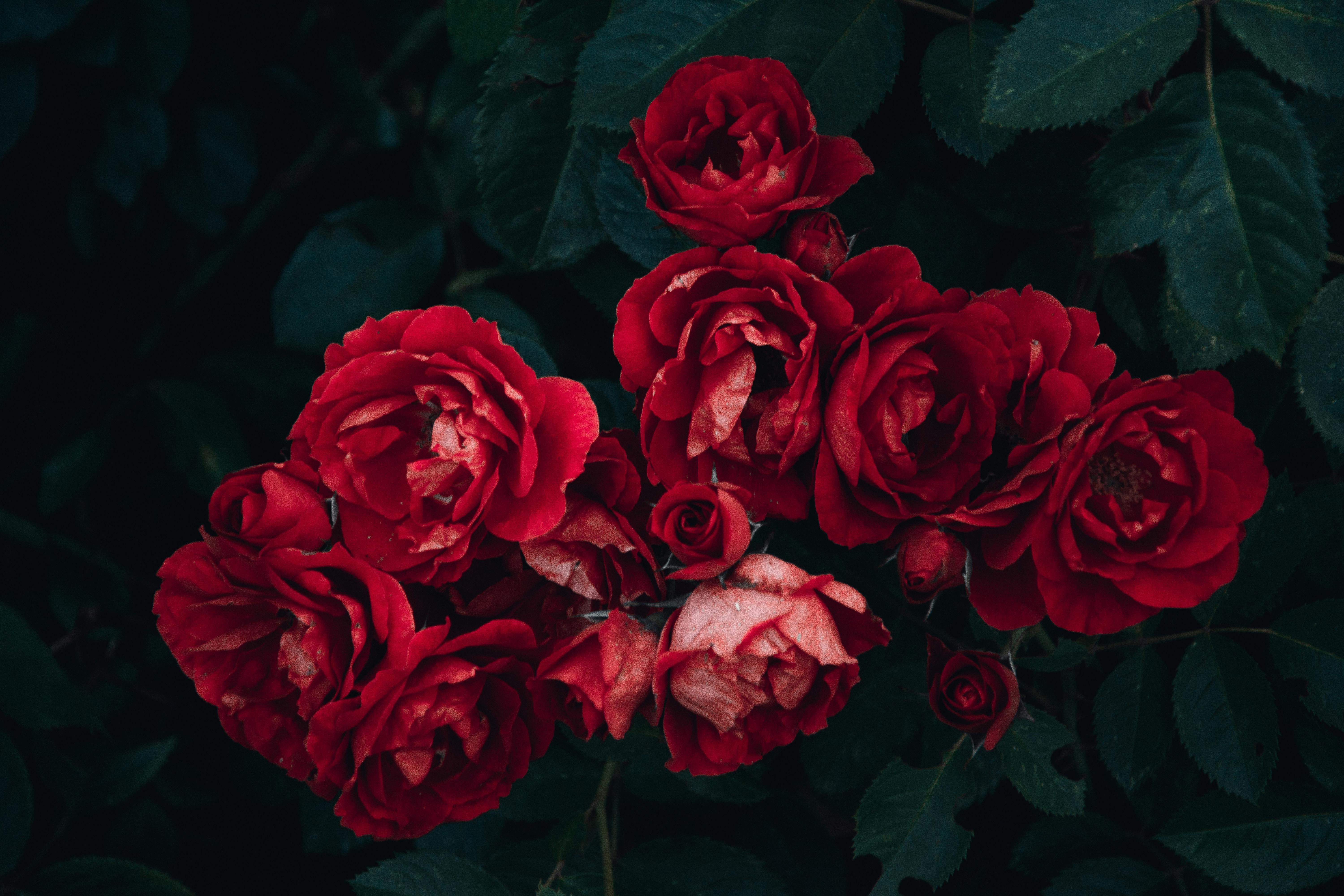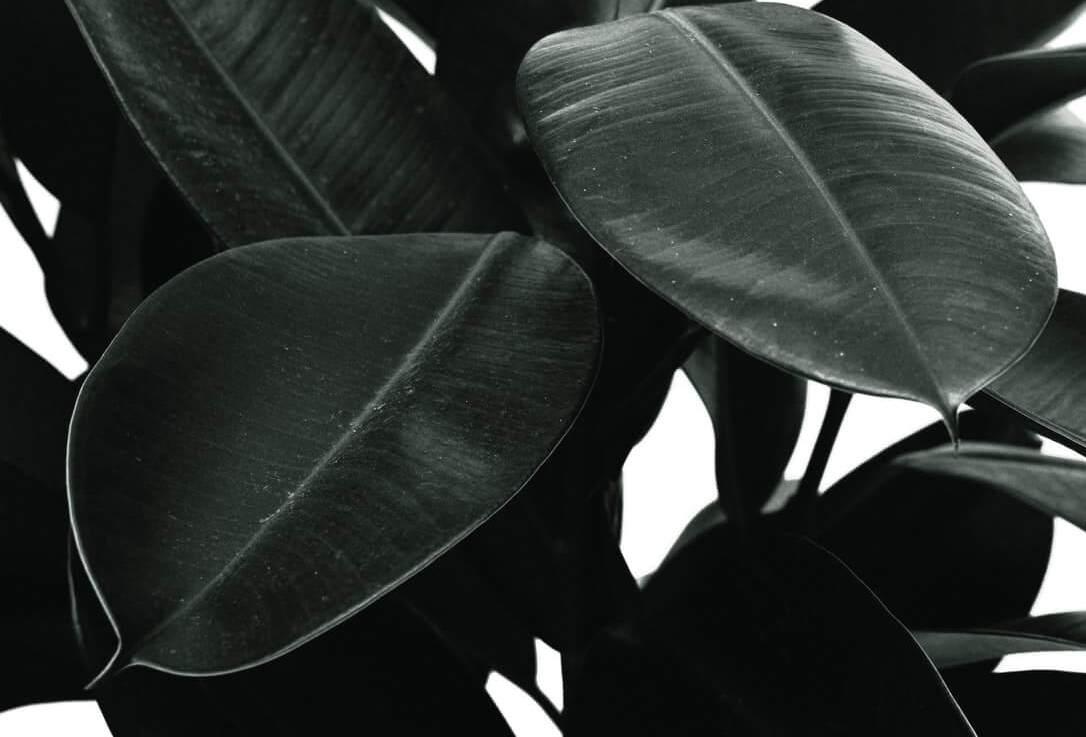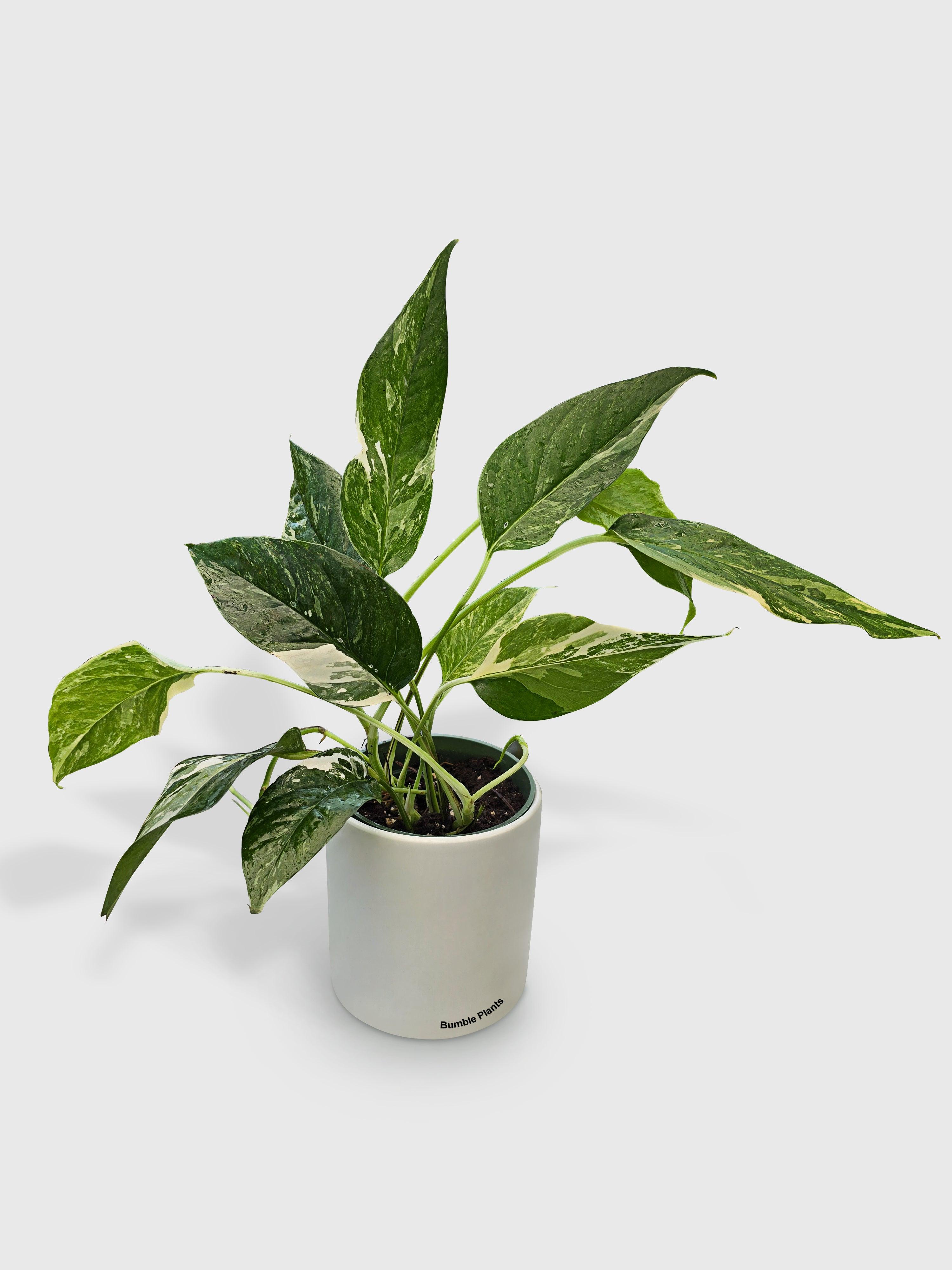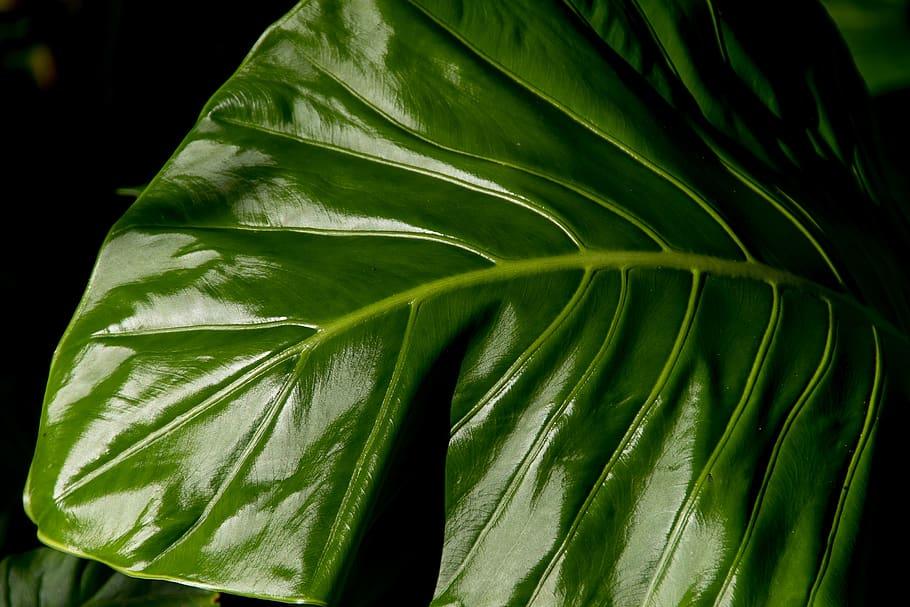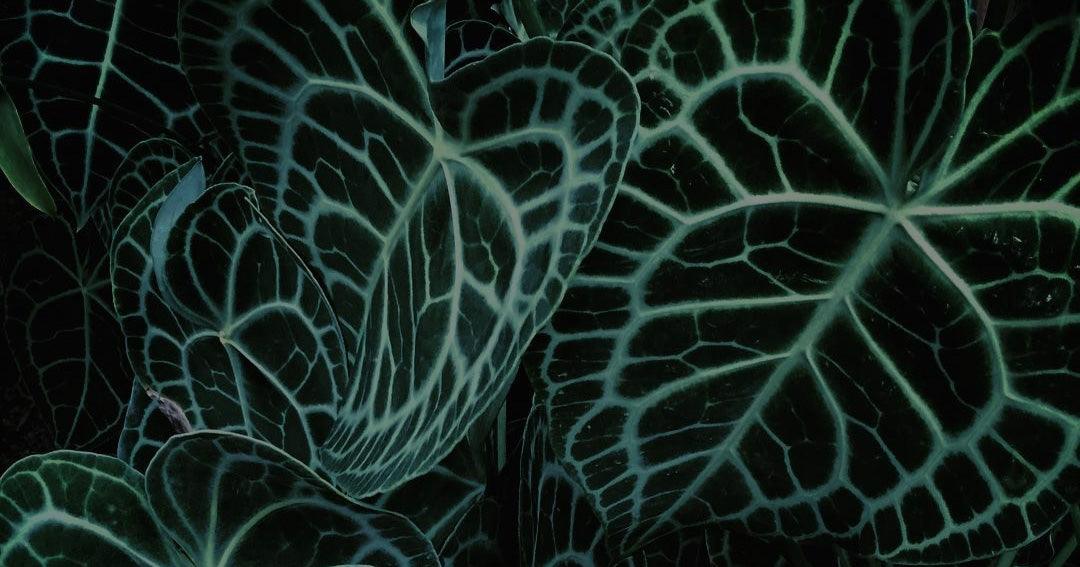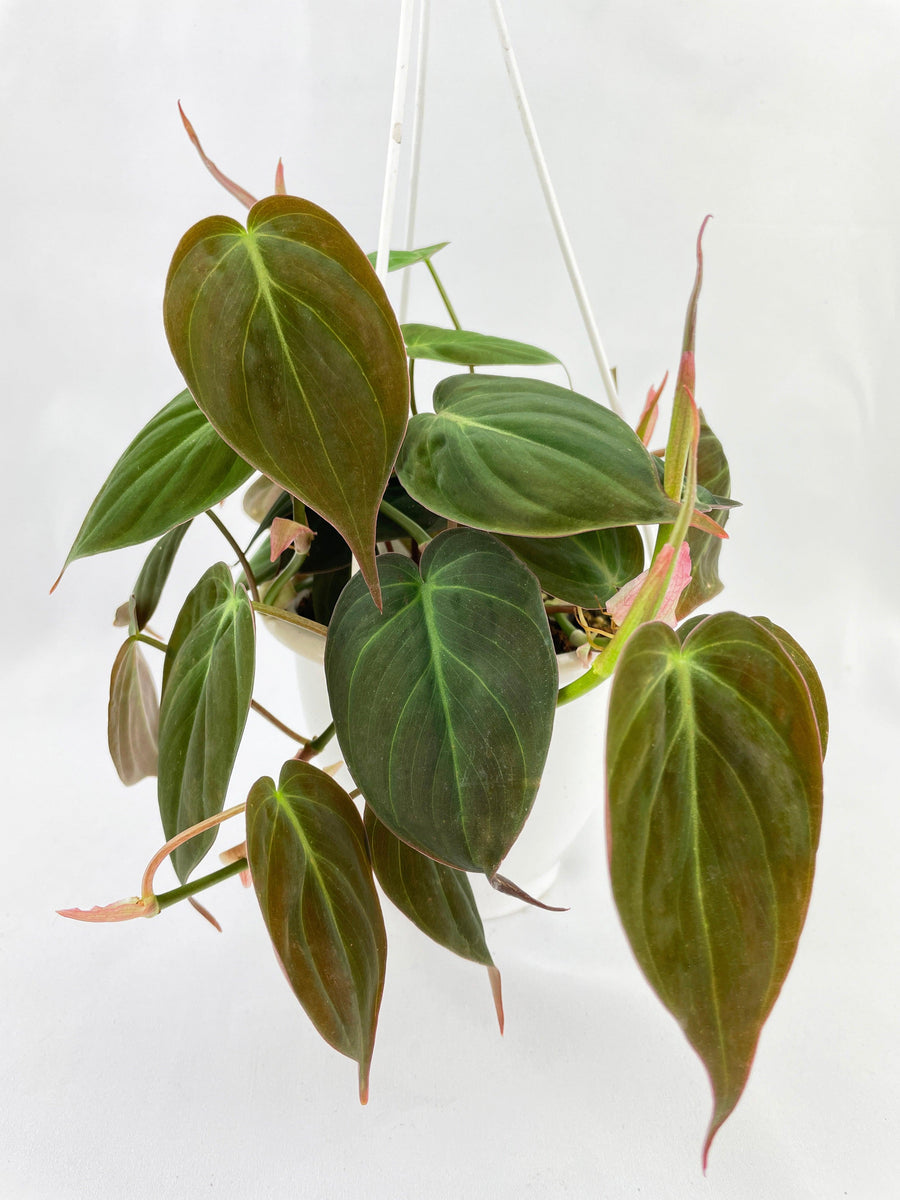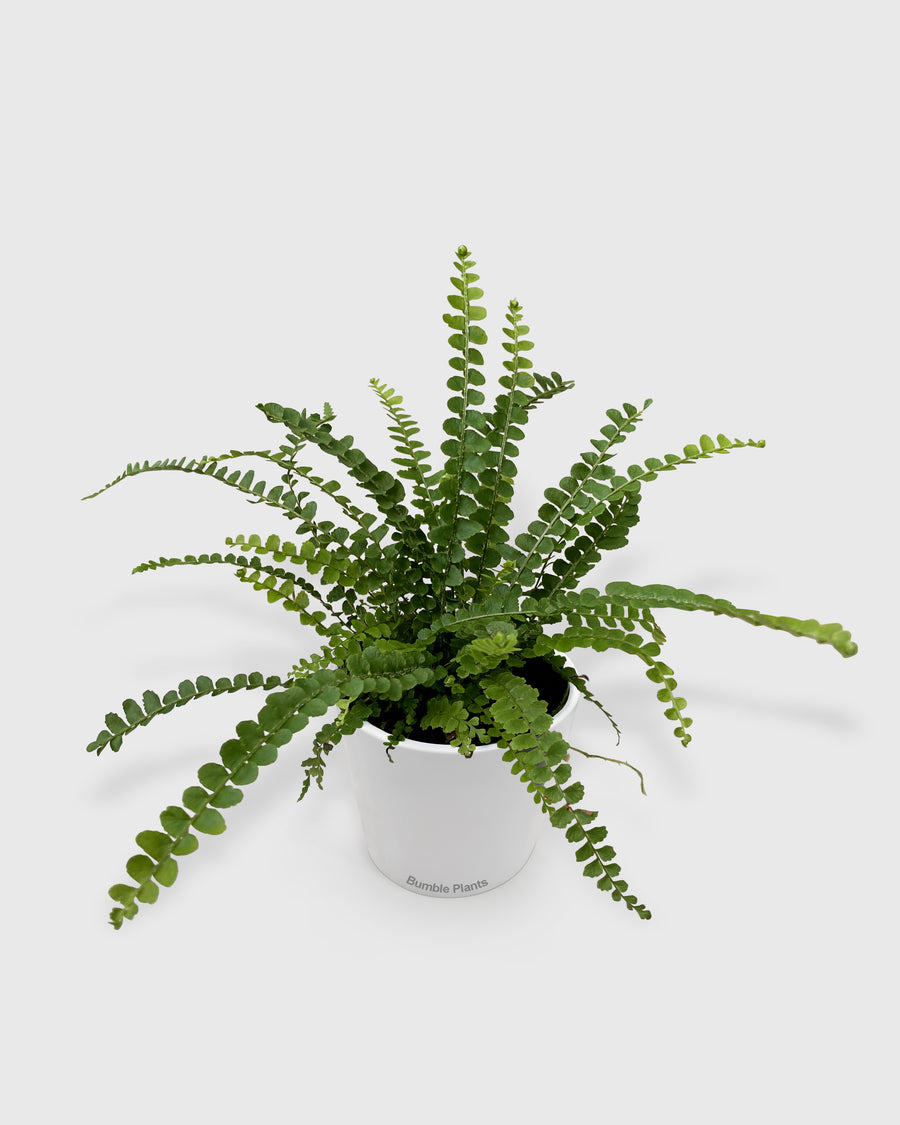Creating a Beautiful Indoor Garden with House Plants
Indoor gardening with house plants opens the door to a world of greenery and serenity right within the confines of your home. It's more than just a hobby; it's a transformative journey that breathes life into your living spaces. Anyone can embark on this fulfilling endeavor, from small apartments to spacious homes, regardless of their experience level. Whether you're a seasoned plant enthusiast or a complete novice, the allure of nurturing house plants indoors is undeniable.
The Right House Plants
Selecting the perfect house plants for your indoor garden requires careful consideration of several factors. Firstly, assess the available space and lighting conditions in your home. Some plants thrive in bright, indirect sunlight, while others prefer low-light environments. Understanding your space's unique characteristics will help you choose plants well-suited to thrive in your home. For beginners, opting for low-maintenance house plants is advisable. Varieties such as snake plants, pothos, and spider plants are resilient and forgiving, making them ideal choices for those new to indoor gardening.
Additionally, consider potential plants' size and growth habits to ensure they stay within their designated space and require frequent pruning. Explore the diverse world of house plants to discover varieties that pique your interest. Many options suit every taste and preference, from lush ferns to flowering beauties. Take your time to research different species and their care requirements to make informed decisions when selecting your indoor garden's inhabitants.
Setting Up Indoor Garden
Creating a harmonious indoor garden begins with thoughtful planning and arrangement of your house plants. Start by selecting appropriate containers and pots that complement your plants and suit your décor style. Consider drainage holes, material, and size to ensure optimal growing conditions for your green companions. Once you have chosen containers, it's time to prepare the soil mix for your house plants. Opt for a well-draining potting mix specifically formulated for indoor plants, as it will provide the necessary nutrients and aeration for healthy growth. Avoid using garden soil, as it may compact and hinder root development in container-grown plants. Arranging your house plants strategically can enhance the visual appeal of your indoor garden. Experiment with different layouts, heights, and groupings to create dynamic compositions that catch the eye. Consider placing taller plants at the back or corners to provide a backdrop for shorter specimens, creating depth and dimension in your space.
Caring House Plants
Proper care is essential for ensuring the health and longevity of your indoor garden. When it comes to watering your houseplants, consistency is critical. While the frequency may vary depending on plant type, size, and environmental conditions, it's essential to water thoroughly, allowing excess water to drain away. Overwatering can lead to root rot, while underwatering can cause wilting and stress, so finding the right balance is crucial. In addition to watering, maintaining humidity is essential for many house plants, mainly tropical varieties. You can increase humidity by placing a tray filled with water and pebbles beneath your plants or using a humidifier. Regular misting can also help keep foliage moist and prevent dehydration, particularly during the dry winter. Pruning and grooming your house plants are essential for promoting healthy growth and maintaining their aesthetic appeal. Remove dead or yellowing leaves, spent flowers, and any signs of disease or pest infestation promptly to prevent issues from spreading.
Additionally, periodically repotting your plants into larger containers can prevent root-bound conditions and provide room for continued growth. Look for common pests such as aphids, mealybugs, and spider mites, which can infest house plants and cause damage if left unchecked. Natural remedies such as neem oil, insecticidal soap, or homemade solutions can help control infestations without resorting to harsh chemicals. Regularly inspecting your plants and taking proactive measures can prevent pest problems from escalating.
Aesthetics
Elevating the visual appeal of your indoor garden goes beyond just selecting and caring for your house plants; it's about creating a cohesive and inviting atmosphere that reflects your style and taste. One way to enhance your indoor garden's aesthetics is by incorporating decorative elements such as pebbles, decorative rocks, or driftwood. These natural accents can add texture and visual interest to your plant displays, creating a more dynamic and visually appealing space. Consider experimenting with different textures and heights to create visual contrast and depth when arranging your house plants. Mix and match foliage colors, leaf shapes, and plant sizes to create captivating compositions that draw the eye. Grouping plants with similar care requirements can make maintenance more manageable while creating cohesive displays. Introducing themed plant displays is another way to enhance your indoor garden's aesthetics. Whether you're drawn to minimalist Zen gardens, lush tropical jungles, or desert-inspired landscapes, incorporating a theme can help create a cohesive and immersive indoor garden experience. Choose plants, containers, and decorative elements that align with your chosen theme to bring your vision to life.
Maintaining Indoor Garden
Maintaining your indoor garden is essential for ensuring your house plants' continued health and vitality. Developing a regular maintenance routine will help you stay on top of tasks and prevent issues from arising. Start by scheduling regular watering sessions, considering each plant's specific needs. Consider using a watering calendar or setting reminders to ensure consistency and avoid overwatering or underwatering. Rotating your house plants periodically is another crucial maintenance aspect, promoting even growth and sun exposure. Plants tend to grow towards light sources, so rotating them every few weeks will prevent them from becoming crooked or uneven.
Additionally, rotating plants can help prevent pests from becoming localized in one area, reducing the risk of infestations. Repotting your house plants when necessary is also essential to prevent overcrowding and ensure continued growth. Signs that a plant may need repotting include roots growing out of drainage holes, slow growth, or soil that dries out quickly. When repotting, choose a container slightly larger than the current one and use a fresh potting mix to provide optimal plant growth conditions.
Benefits of Indoor Gardening
Indoor gardening with house plants offers many benefits beyond just adding beauty to your living space. One of the most significant advantages is the improvement of indoor air quality. House plants act as natural air purifiers, absorbing harmful pollutants such as formaldehyde, benzene, and carbon monoxide while releasing oxygen. This can help create a healthier indoor environment, particularly in areas with limited ventilation or high levels of indoor air pollution. Moreover, nurturing indoor plants has positively affected well-being. Studies have found that surrounding oneself with greenery can reduce stress, anxiety, and depression while promoting calmness and relaxation. Caring for houseplants can provide a therapeutic outlet and be a form of mindfulness practice in today's fast-paced world. Indoor gardening allows individuals to connect with nature and experience the joys of gardening year-round, regardless of outdoor weather conditions. Whether you live in a bustling city apartment or a suburban home, cultivating an indoor garden provides a tangible connection to the natural world and fosters a sense of environmental stewardship. Furthermore, indoor gardening with house plants offers endless opportunities for creativity and self-expression. From selecting unique plant varieties to designing captivating displays, indoor gardening allows individuals to personalize their living spaces and create environments that reflect their personality and style.
Conclusion
In conclusion, creating a beautiful indoor garden with house plants is a rewarding and fulfilling endeavor that offers many benefits for the mind and body. By welcoming these green companions into your home, you not only enhance the aesthetics of your living space but also improve indoor air quality, reduce stress, and connect with nature on a deeper level. Throughout this guide, we've explored the various aspects of indoor gardening with house plants, from selecting the right plants for your space to caring for them and enhancing their aesthetic appeal. By following the tips and advice provided, you can confidently embark on your indoor gardening journey, knowing that you have the knowledge and tools to succeed. As you create your indoor garden, remember to incorporate your style and creativity, reflecting your unique personality and taste. Whether you prefer minimalist arrangements or lush, jungle-inspired displays, let your imagination guide you as you curate your indoor oasis. Incorporating house plants into your home is more than just a hobby; it's a lifestyle choice that promotes health, happiness, and harmony. So, embrace the greenery, nurture your plants with care, and watch as your indoor garden flourishes and grows, bringing joy and beauty to your home for years to come. Thank you for joining us on this green journey, and we wish you all the best in creating your beautiful indoor garden with house plants.


